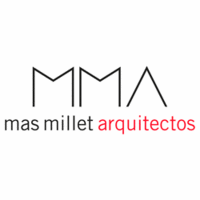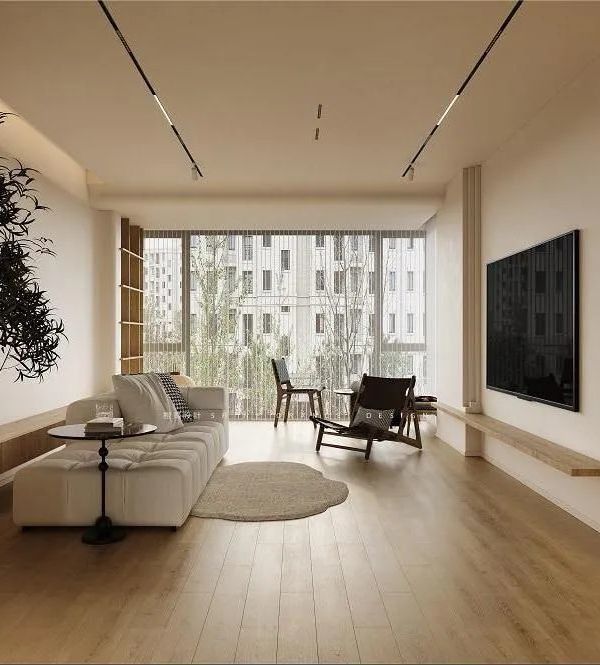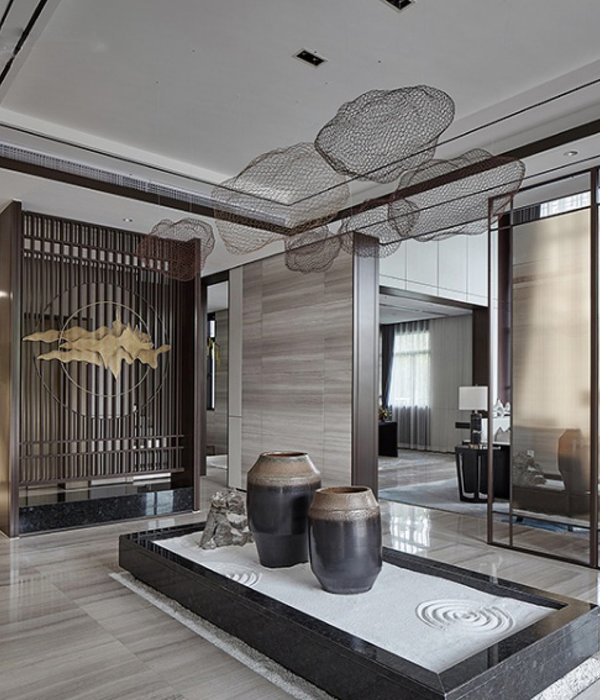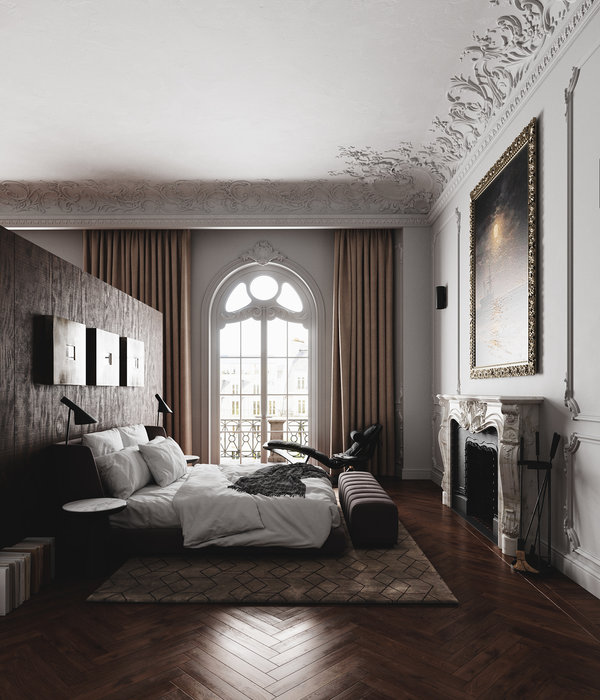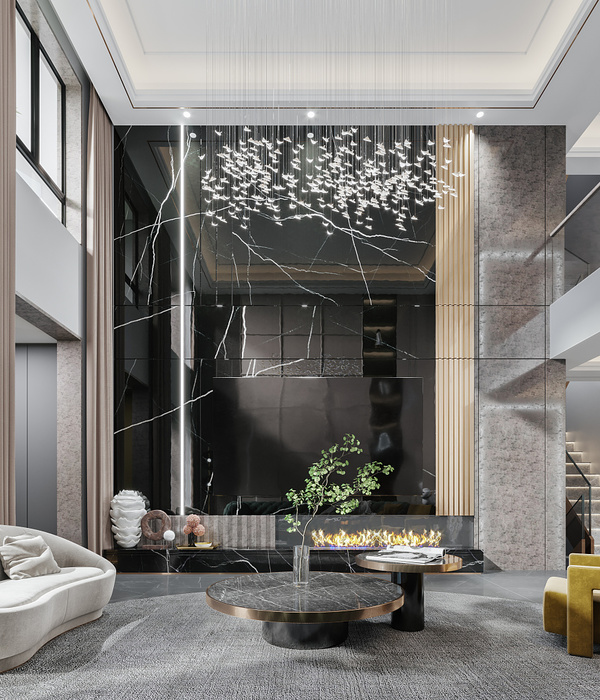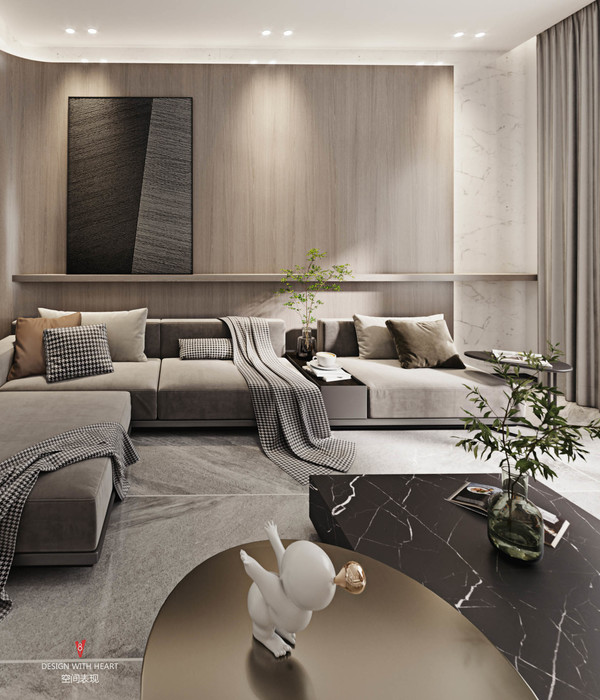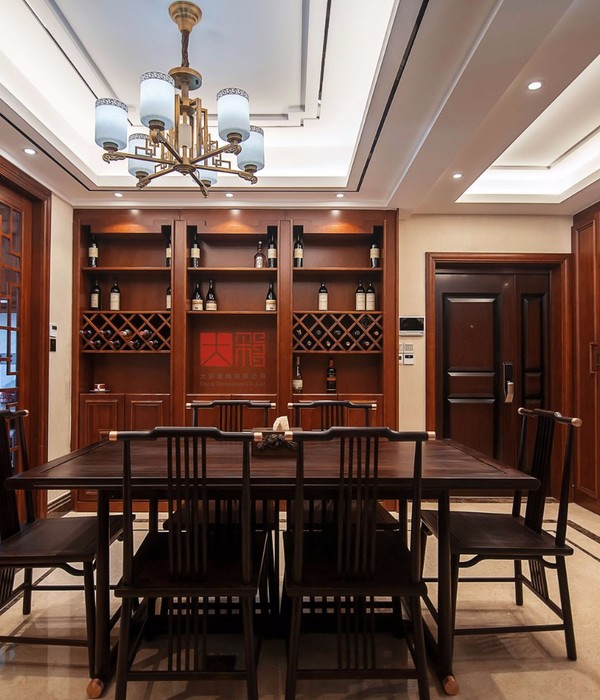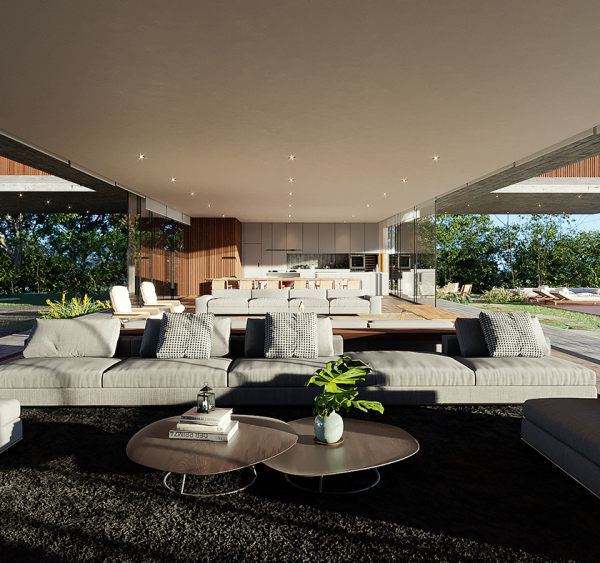Mas Millet Arquitectos 打造独特日式美学平层住宅 Casa Alboraya
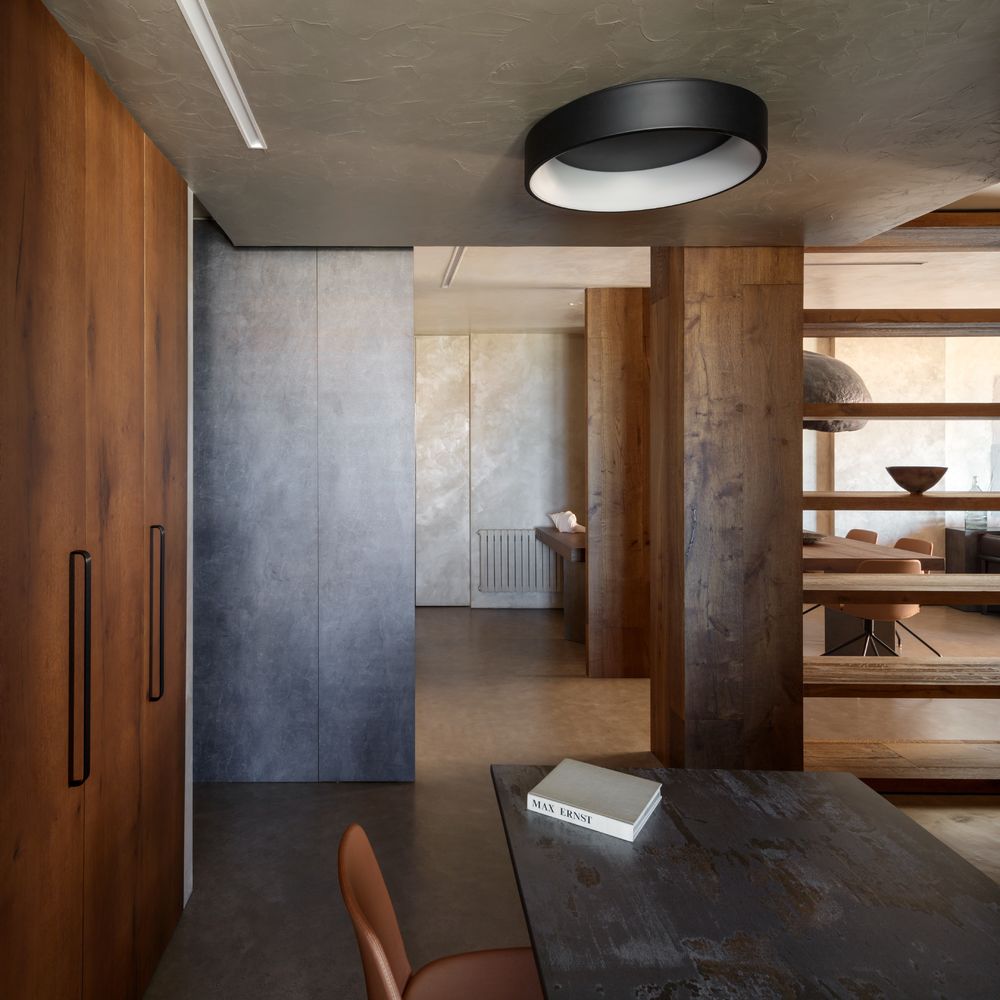
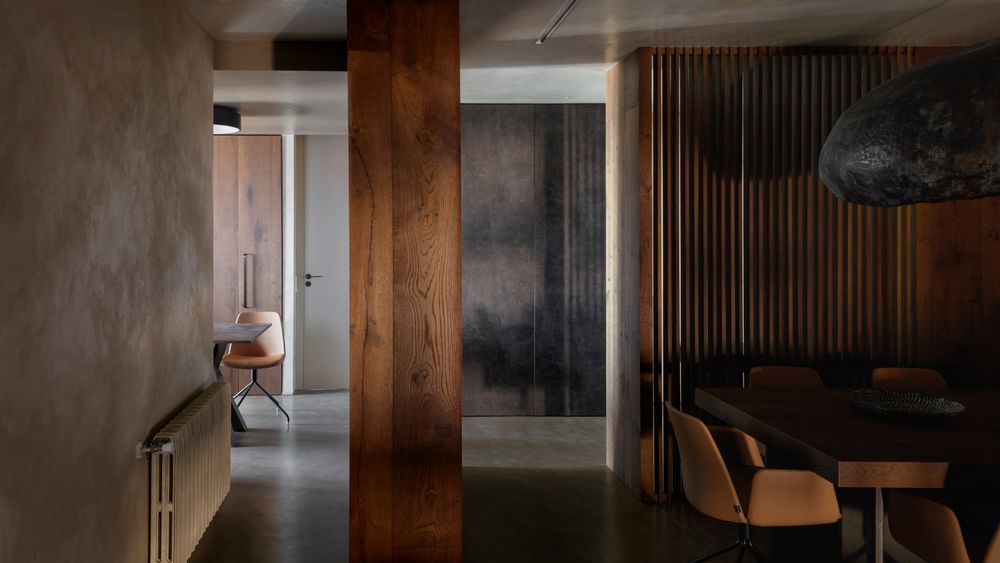
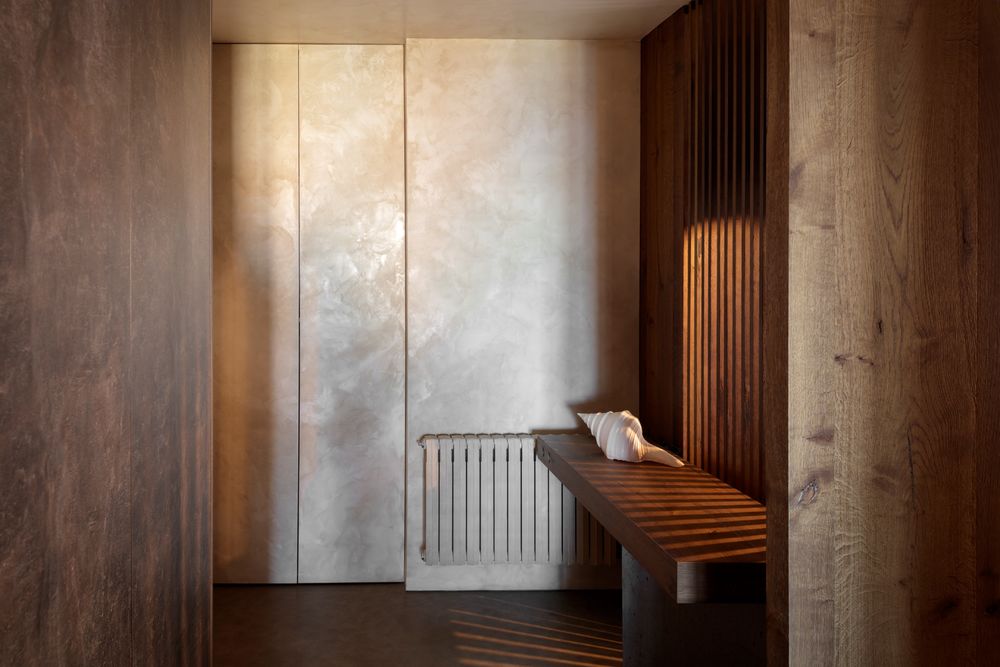
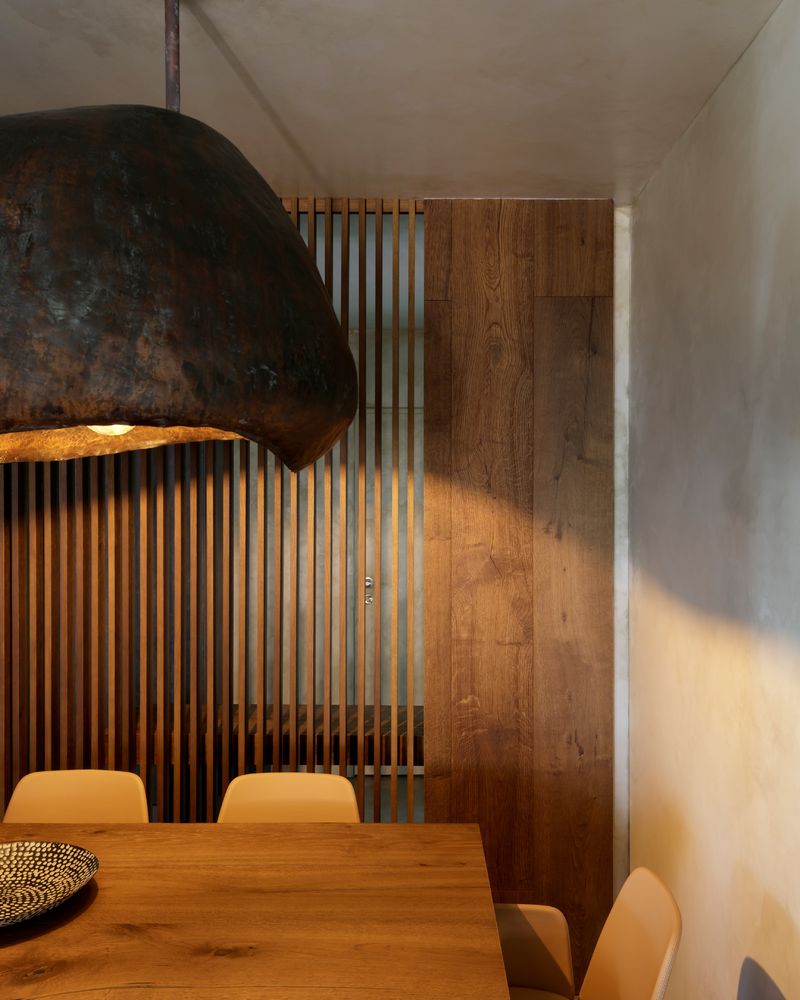
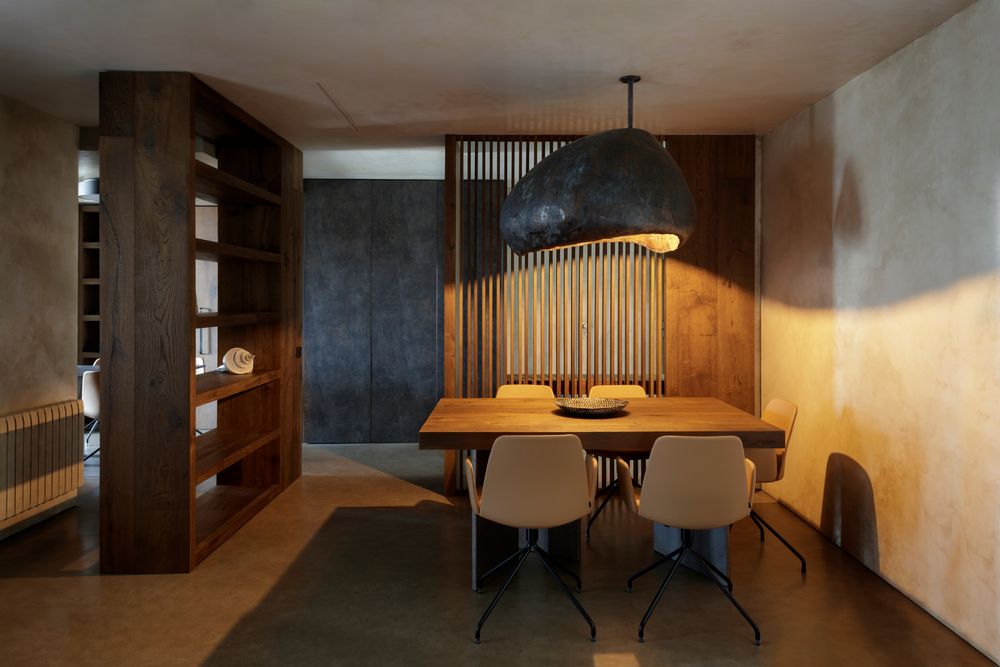
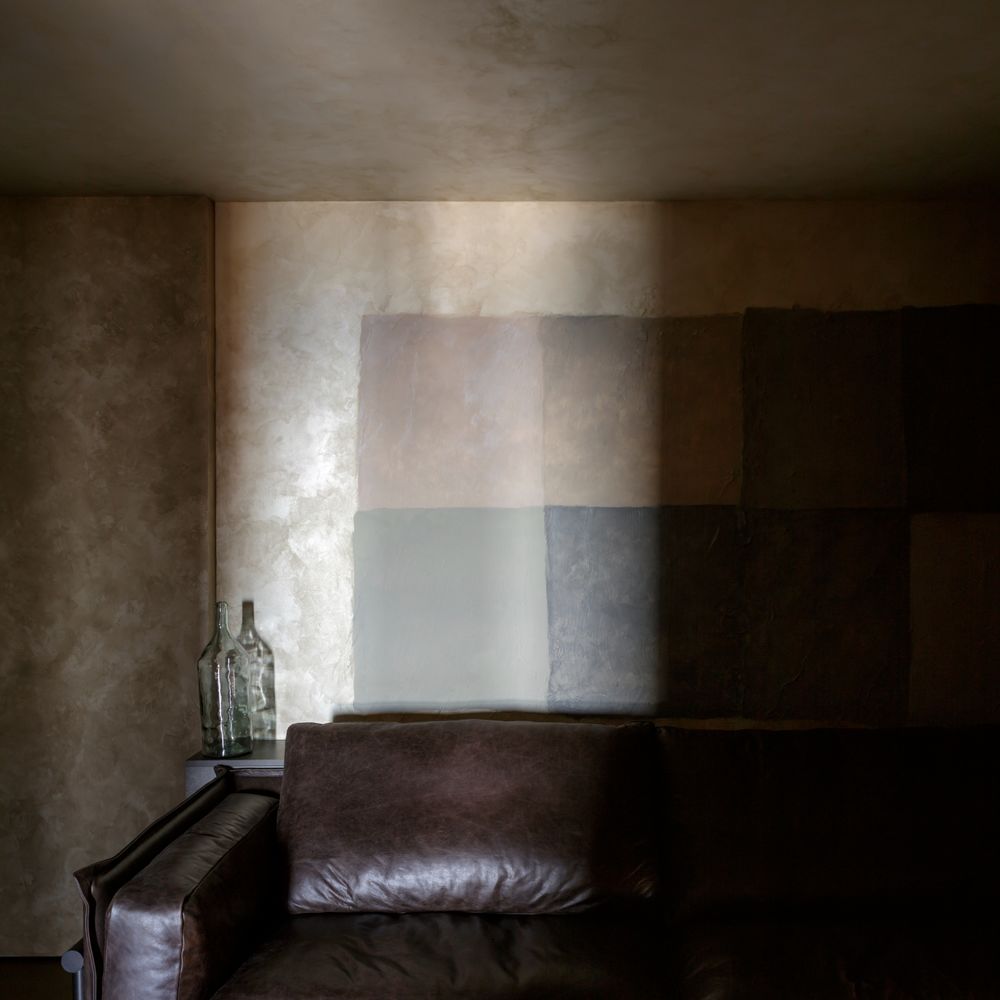
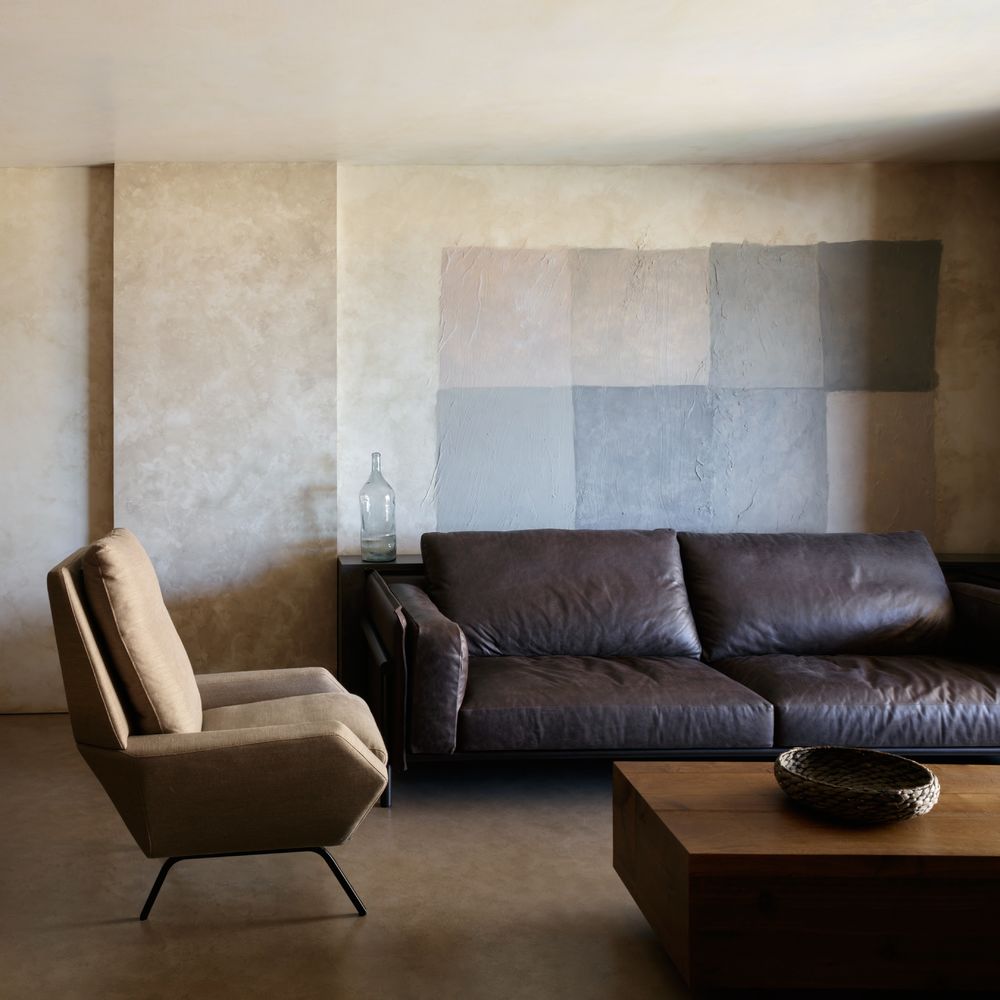
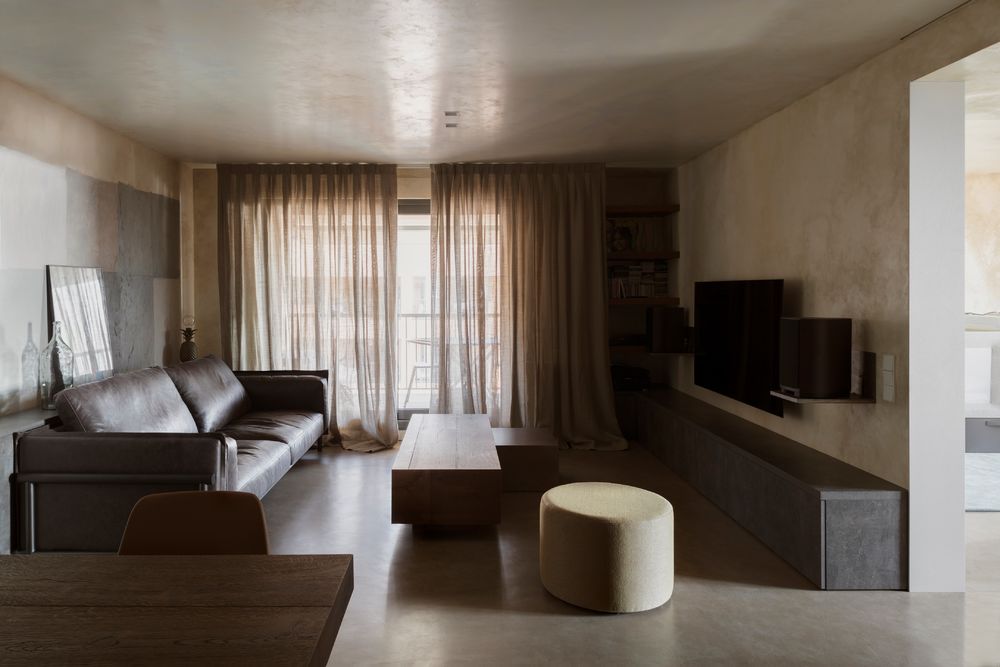
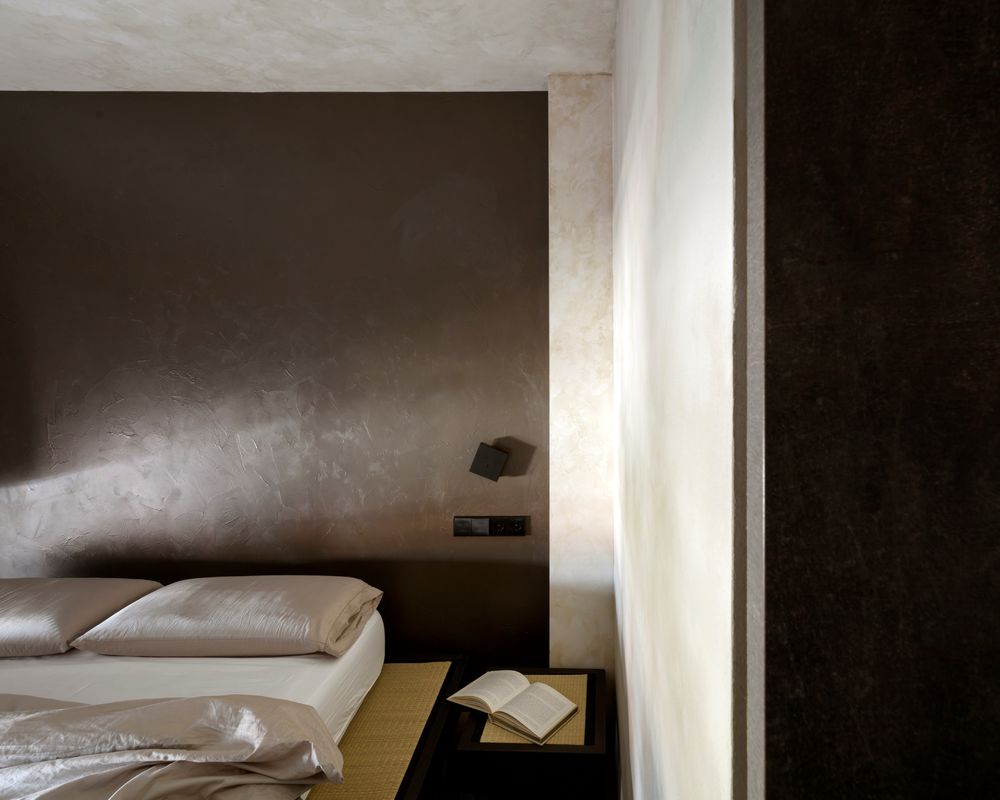
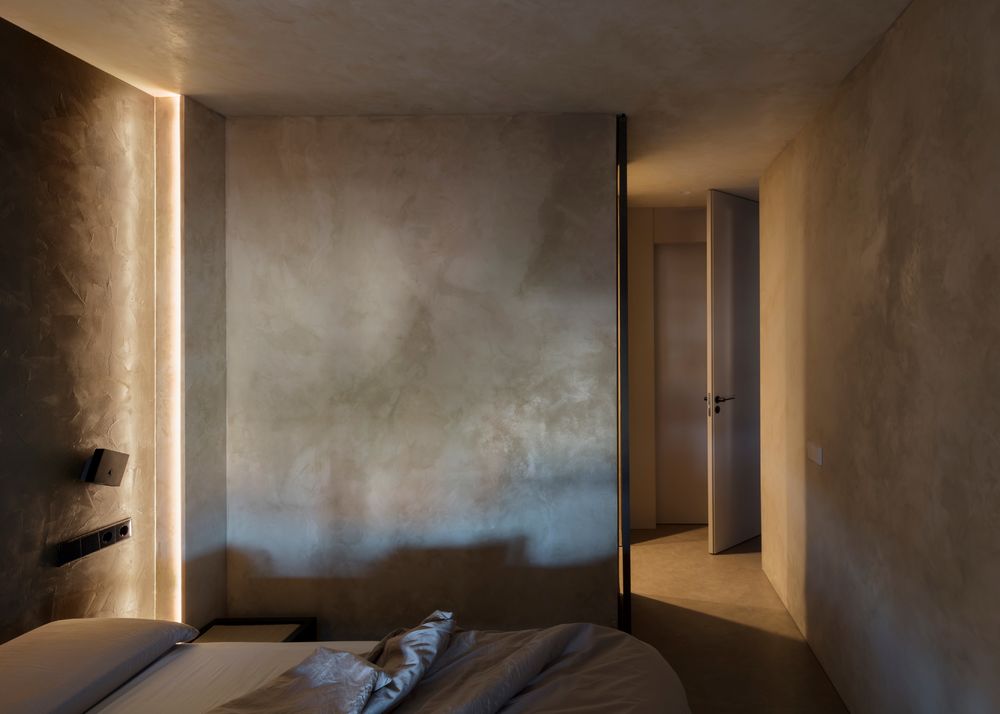
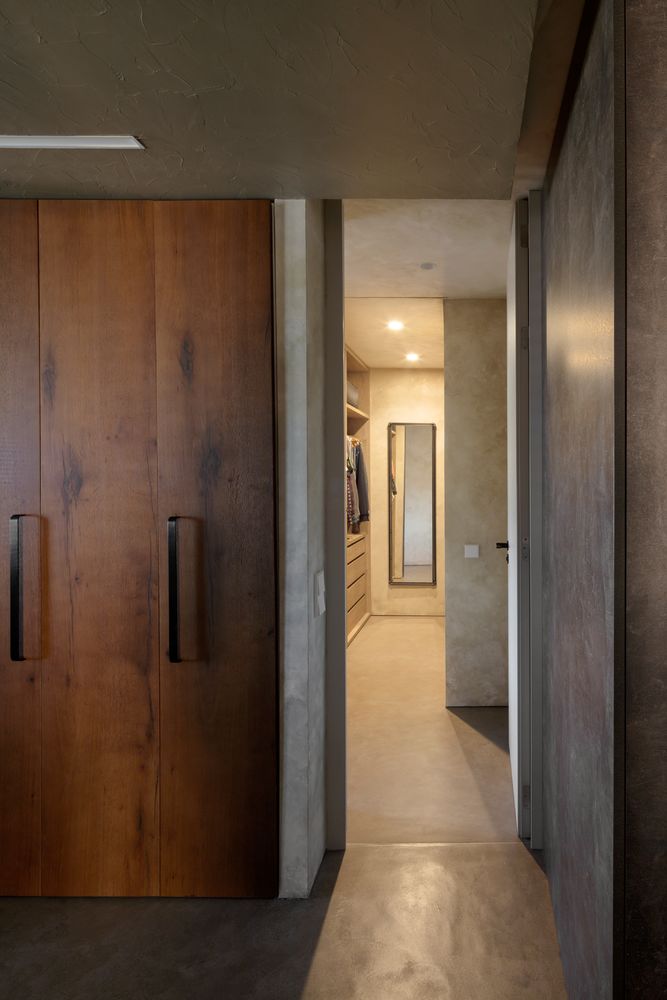
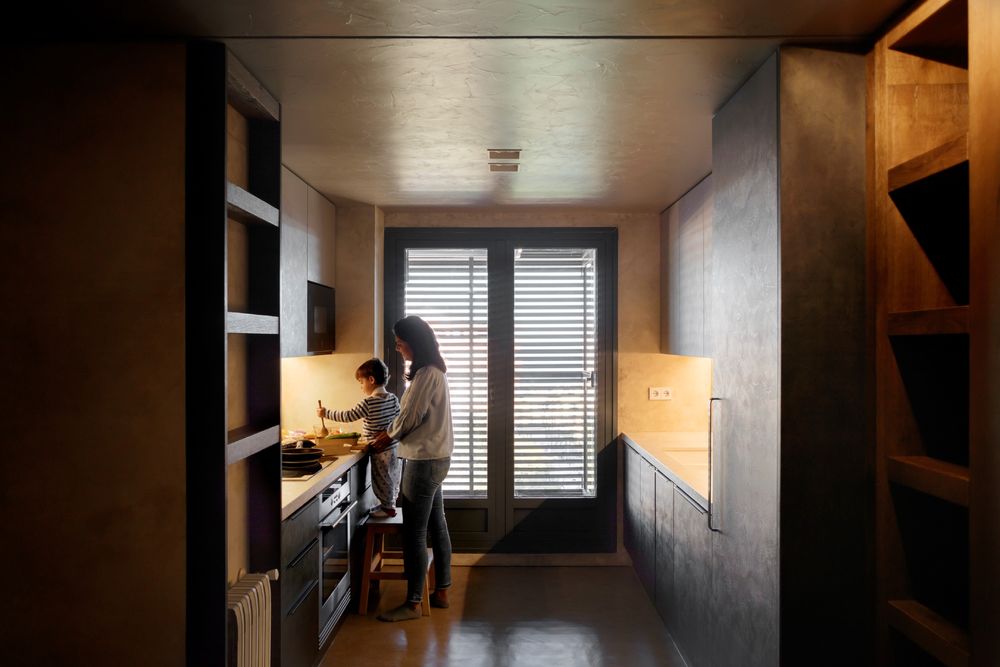

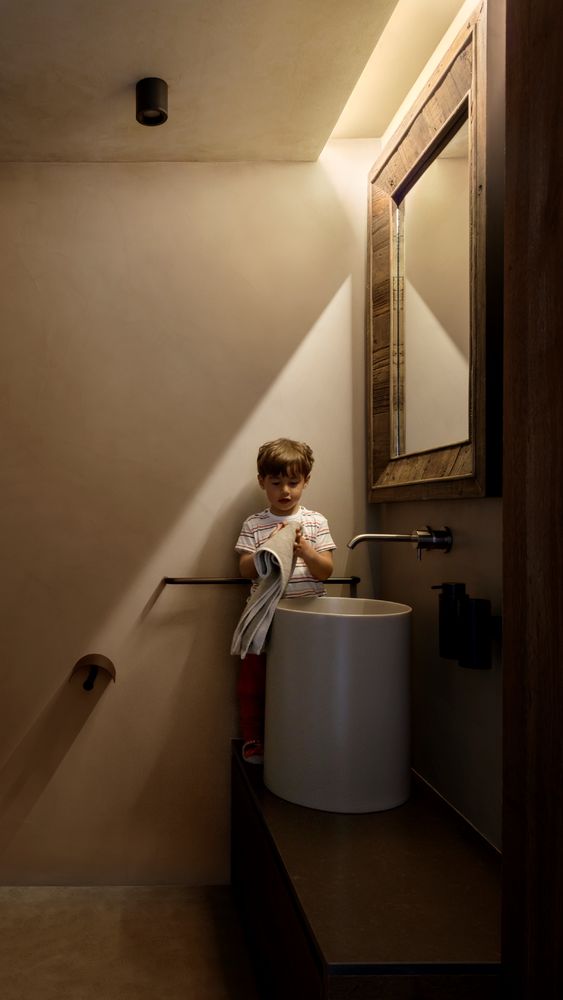
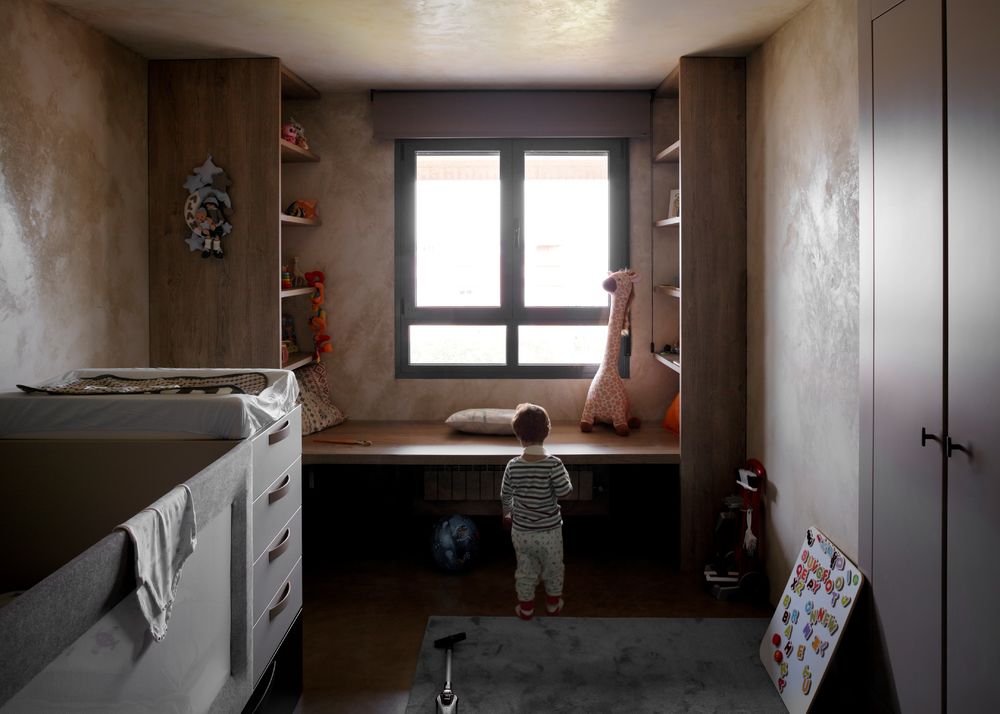
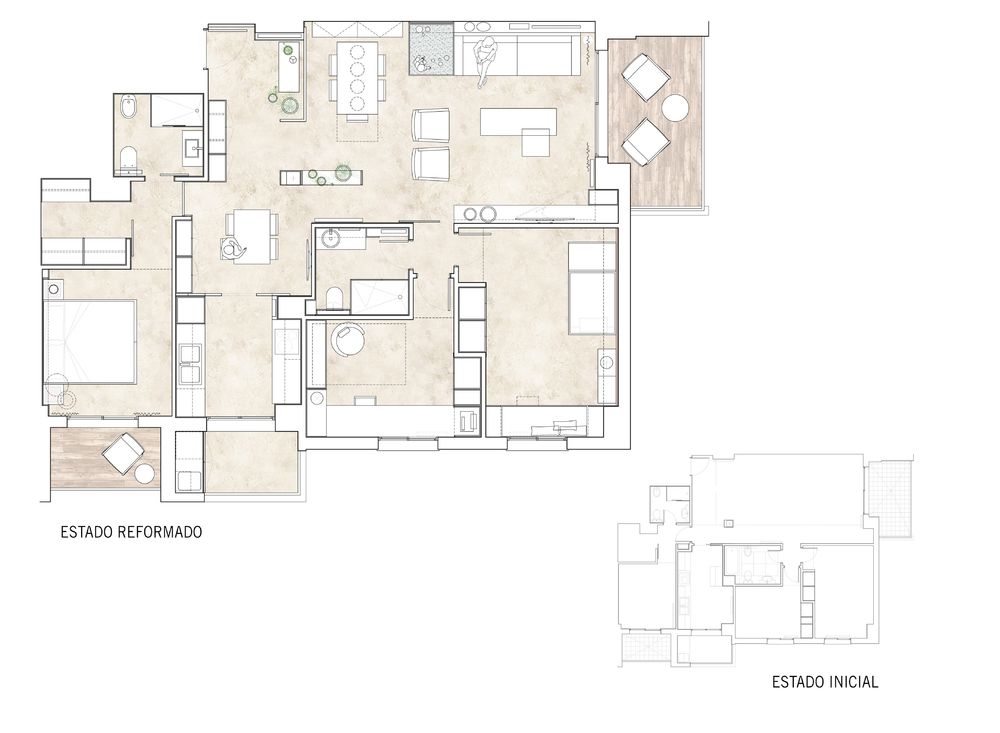
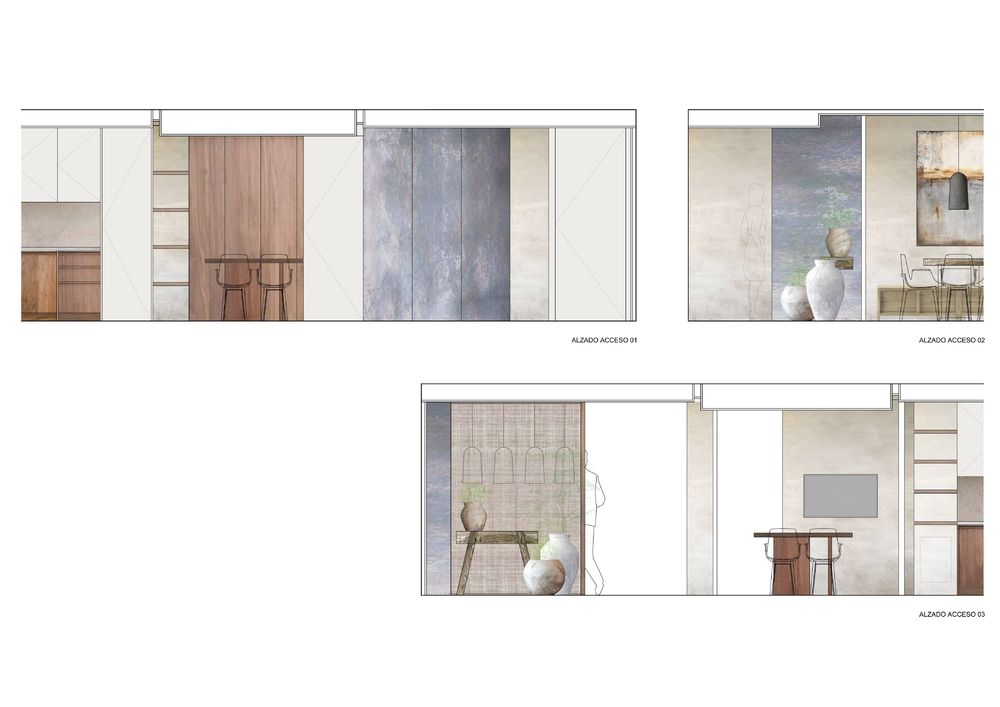
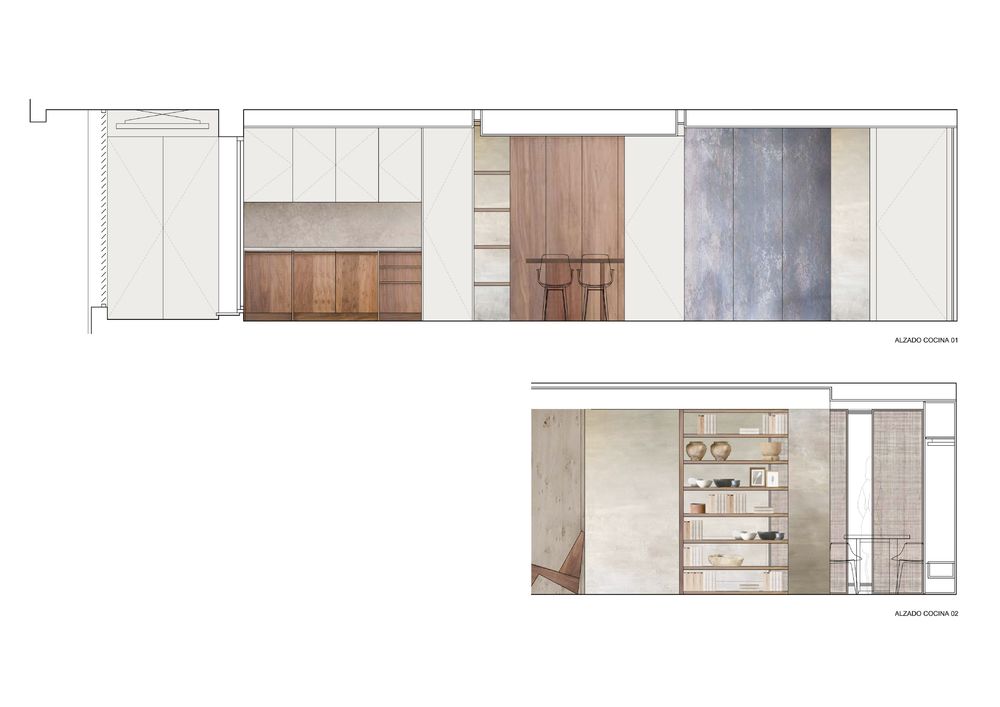
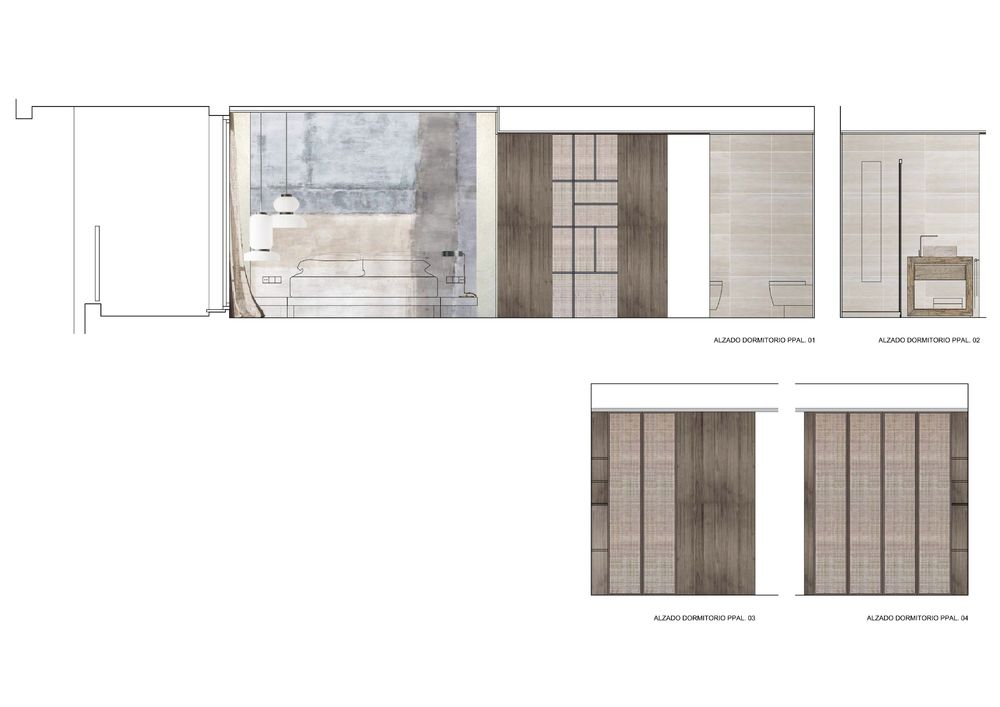
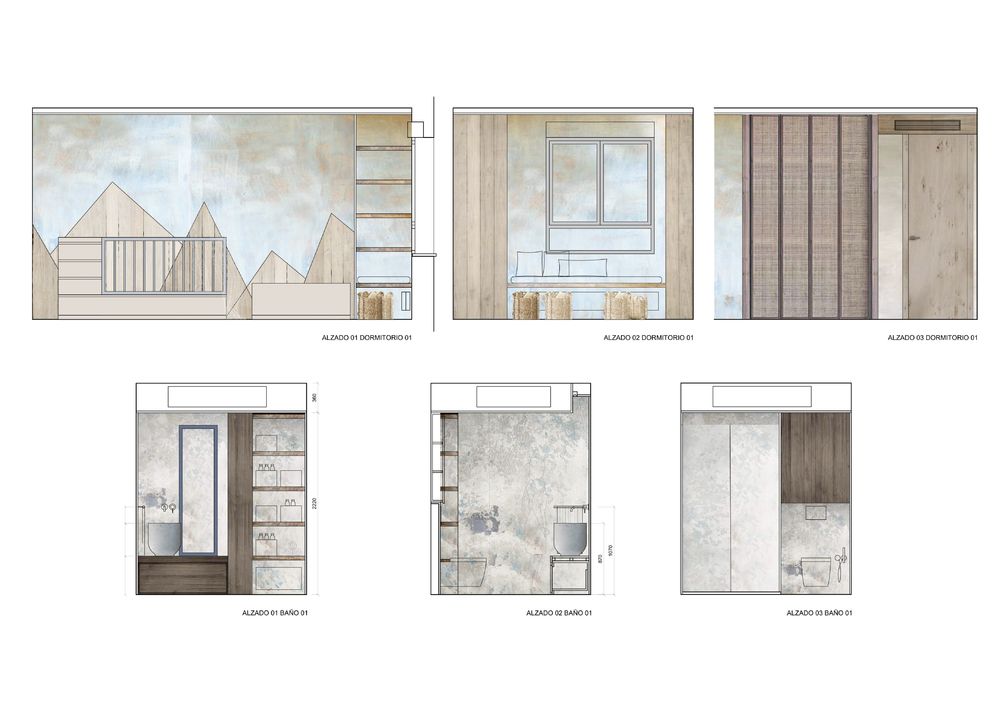

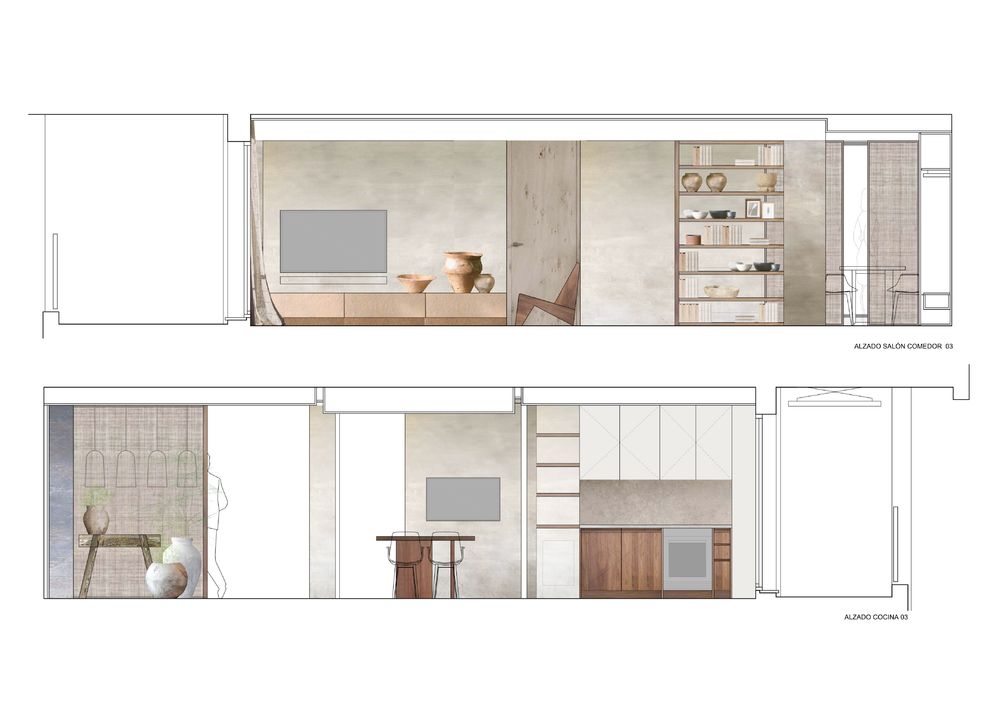
Casa Alboraya has been, since its inception, a challenge. Almost a laboratory of ideas, an investigation in which to put "in crisis" what has been academically accepted and proven so far from a classical architectural point of view. It is, in short, a space to experiment in order to create something unique.
The house is also a true reflection of the particular way of understanding the world and the philosophy of life of the people who inhabit it and who today have made it their home. A home where the program, the distribution, without neglecting them, take a back seat to the prominence of a very marked language and a philosophy of architecture very different from what we are used to. Where the relationship with the outside occurs through the imitation and inspiration of what surrounds us. And where "The search for beauty in imperfection" is the essence of the project. A phrase that encompasses and summarizes all the concepts that have been embodied in this house.
With a clear inspiration from traditional Japanese culture that the term Wabi-Sabi would define perfectly, even if it is - paradoxically - untranslatable for us. Wabi loosely means "the graceful beauty of humble simplicity" and Sabi would be something like "the passage of time and subsequent deterioration." Thus, all decisions made in the home have been based on this philosophy. Concepts such as the fluidity of spaces, the chiaroscuro generated, the textures and materials chosen, they are the ones that give shape to this peculiar project in which a anodyne space is molded, transforming it like a piece of clay in the hands of the artisan. Very few elements but all of them significant. Perfectly imperfect, natural, sustainable and changeable over time.
Somehow, this space defies the rules of classic beauty in which imperfection or old age have no place. It is more in line with the idea of oriental beauty, in which the mark of the passage of time, the incompleteness, what is on the way and not at its goal, has great value because it tells us more things than something static and immovable.
Without bright colors, without defined patterns, or ornamental designs, the house simply invites you to enjoy subtle colors and textures and the natural light that bathes all the rooms, generating the different environments. The ground and ocher tones chosen refer to the garden, the vernacular and provide warmth and shelter to the house.
Another key idea in the project is honesty at the level of materiality, presenting itself naturally without falsifying anything. This reality is reflected, which is accentuated by the search for continuous contrasts in walls, floors and the choice of furniture. The walls are treated as an artistic canvas, where the painter and all who work on it will leave something of their essence on them. To the point that in the living room we find some of the paint samples that were made on site on the main wall like a painting or fresco.


